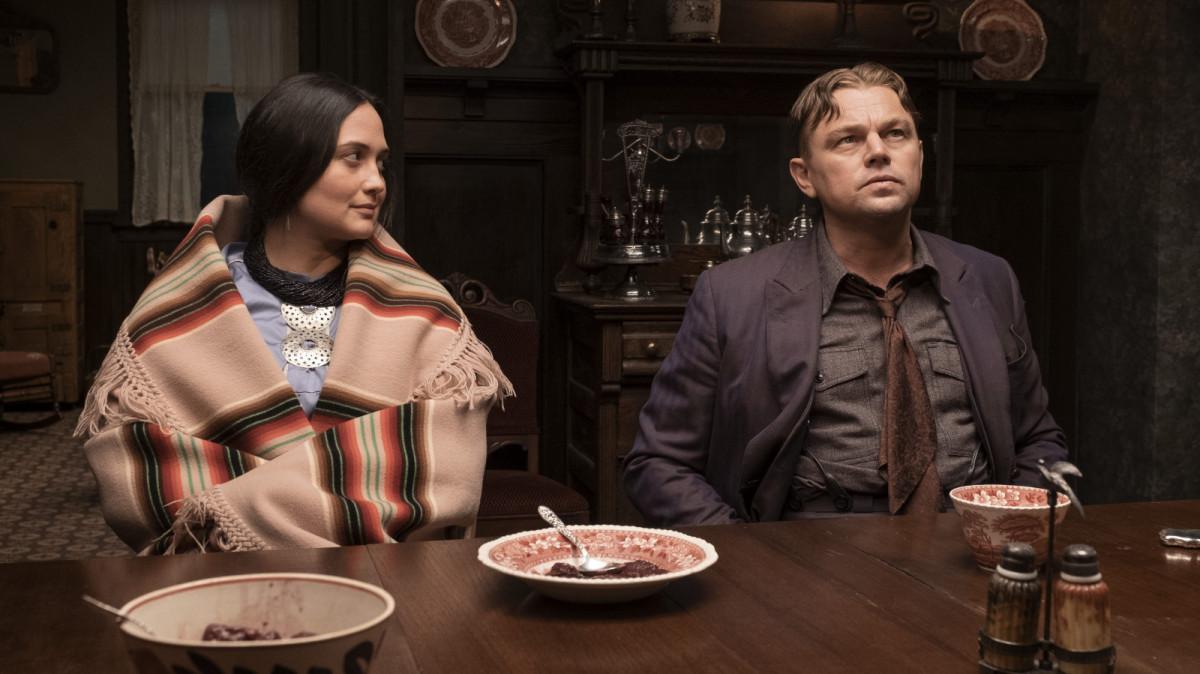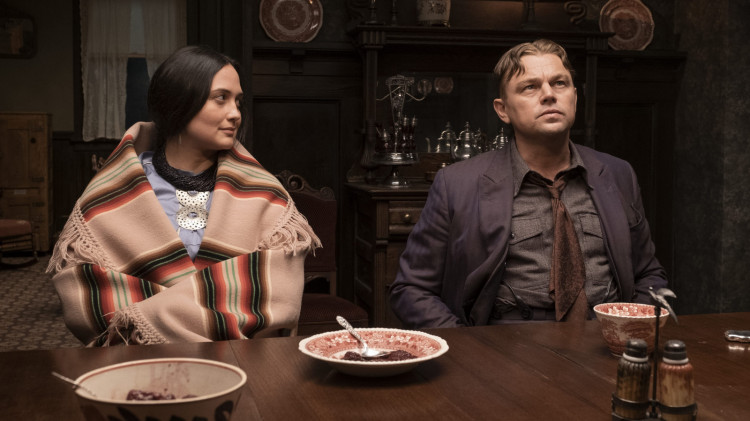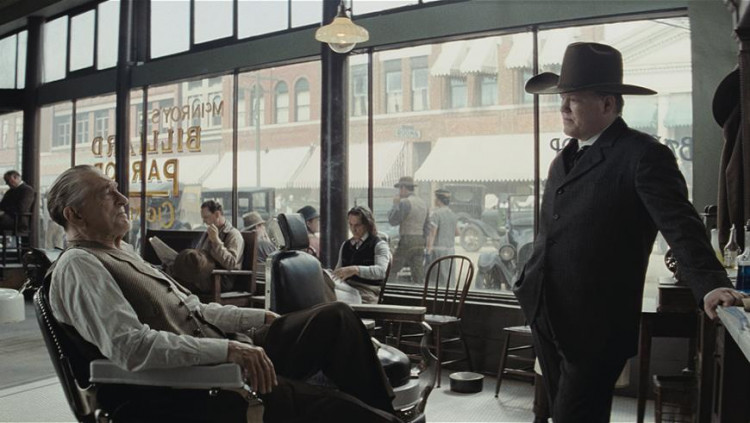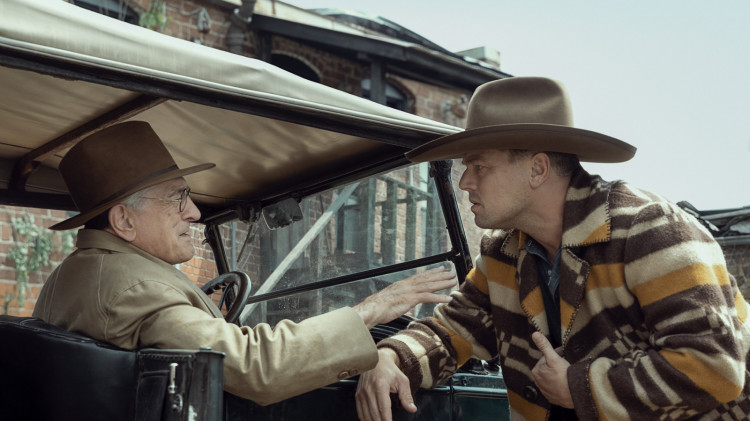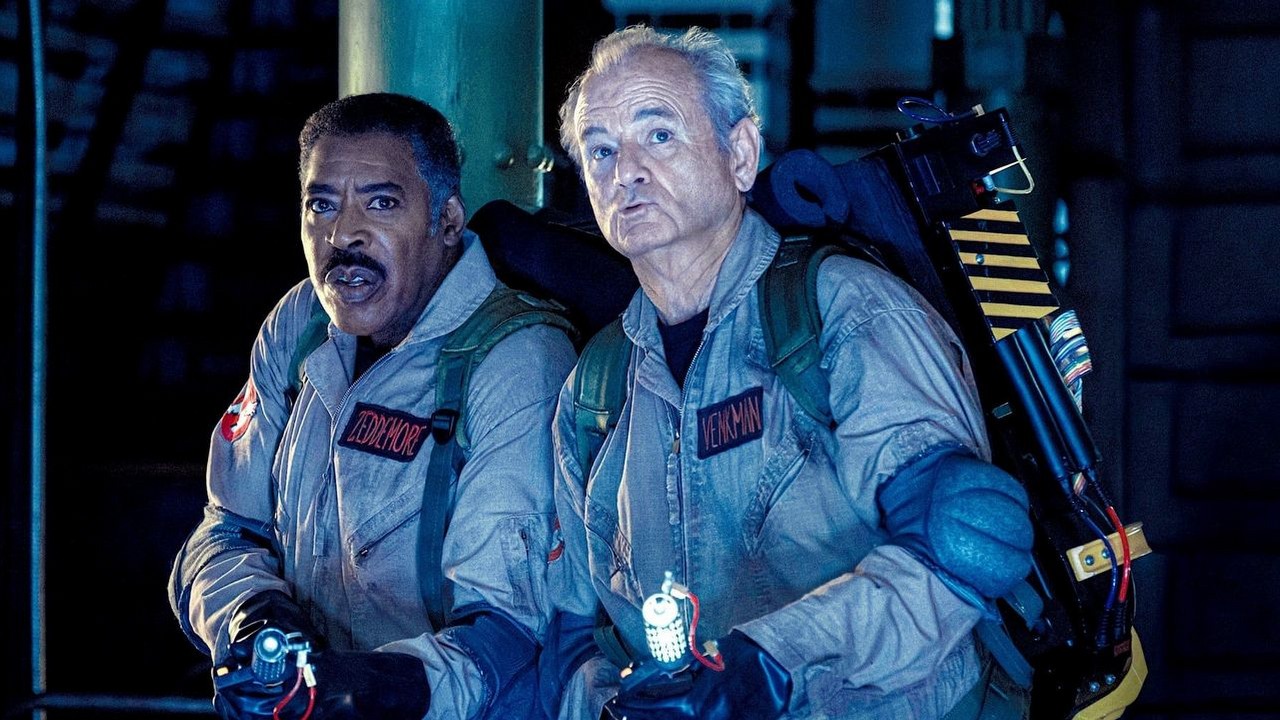On the set of his latest film, Martin Scorsese took a book by David Grann, Leonardo DiCaprio and Robert De Niro, a whole lot of equipment and a lot of people to help him film this epic work. However, he certainly did not take… a pair of scissors with which he could have cut the coupons of his directorial fame. After all, we are talking about an 80-year-old icon of modern cinema who no longer has to prove anything to anyone. At the same time, Scorsese’s unsatisfied ambition and thirst for experimentation unprecedented in his era make Blood Moon his best film since the premiere of The Wolf of Wall Street. A film that sometimes approaches perfection, but at the same time falls into dramatic stagnation and a plot impasse.
David Grann’s book mentioned in the introduction (“The Time of the Blood Moon. The Murders of the Osage Indians and the Birth of the FBI”) served as the source material on which the legendary director based his latest project. In 2017, an American reporter described the tragic fate of the Osage tribe, which achieved incredible wealth from oil at the beginning of the 20th century. Its mining companies paid the Native Americans who owned lands rich in “black gold” the equivalent of eight billion dollars today.
Cinema repertoire in Tricity
The Osage began to purchase fine housing, fashionable clothing, and many automobiles, and they hired their own servants, whose drivers were often representatives of the white population. It’s hard to imagine that today, remembering the image of Indians cultivated for decades in the American West. However, wealth turns out to be the bane of the Osage. Members of the tribe, along with a growing influx of new investors, as well as scammers and common criminals, began to disappear en masse. There were serial murders, which local authorities tried to cover up, often acting on behalf of white elites.
Only an emerging FBI investigation was able to stop the extermination of the Osage and convict those responsible for their murders. It is these real events and characters that Martin Scorsese refers to in “Bloody Moon.”
Scorsese in the form of antiquity, but also with new ideas
Many viewers were wondering what direction the creator of “Goodfellas” or “Taxi Driver” would go. Will Scorsese’s latest project turn into a progressively tense racist crime story, or perhaps an epic Western with a modernist twist? However, the master himself decided to mislead everyone and interpret Gran’s book in his own way, sometimes significantly deviating from the author’s characteristic style. This is evident primarily in the pace of the narrative.
In “The Departed” or “The Wolf…” Scorsese was able to shoot a whole series of scenes for scenes, manipulating locations, characters and plots like crazy. “The Time of the Blood Moon” departs from this music video style and invites the viewer to reflect on individual shots, carefully observe the characters, and carefully collect and collect all the digressions into a coherent story. Basically about greed, the toxicity of family bonds, mindless dependency and active manipulation. It has been a long time since Scorsese has explored the mysteries of the human psyche so deeply and used so many cognitive perspectives.
In a broader context, “The Time of the Blood Moon” is, of course, an attempt to reconcile Americans’ shameful period of open lawlessness, exploitation, and violence defined by the desire for wealth, of which the Osage were victims. However, there is also a universal story about the birth of evil, coming to terms with injustice and misinterpreted loyalty. One thing is certain – more than facts and the drive to action, Scorsese is concerned with human nature and its disturbing tendency to adapt quickly to circumstances in which crime is not a crime but an acceptable mode of behavior.
A beautiful composition, but incomplete
There is no doubt that “The Time of the Blood Moon” is a huge work, and we have the opportunity to encounter such films very often in cinema today. Through sweeping camera movements, Scorsese creates something resembling a Western ideal, which can be a fascinating topic for analysis and discussion. But cinema is not just about breaking down a film into its elemental factors, but above all about getting emotional and getting involved in the plot. There’s an obvious problem with this, because it’s hard to commit to something one hundred percent and stay focused for three and a half hours.
The huge size doesn’t work in the film’s favor. Scorsese doesn’t avoid long plots that follow the same steps over and over again. What’s also confusing is the suspension of “Time…” between several musical genres, none of which resonate completely. Let us not deceive ourselves that the director invites us to an interesting investigation into the mysterious deaths of Indians. This mystery is deliberately solved by Scorsese before we even reach the middle of the film. The problem is that the director does not compensate us for this missing drama until the end of the film. Even in its final hour, when the pace increases significantly.
It is at this point in the film that the threads of the FBI investigation and trial emerge, which Scorsese barely passes over. It’s even more unfortunate that the acting episodes of Jesse Plemons and Brendan Fraser were wasted.
De Niro is the best he’s been in years, DiCaprio is in Oscar form, and Gladstone isn’t necessarily in the shadow of either man
But who would feel a lack of acting quality with DiCaprio and De Niro at their disposal? Both men played together 30 years later and for the first time in such a combination under Martin Scorsese. Even if we are overwhelmed by the film’s huge size, the plot makes us lazy, and the unhurried pace weakens our concentration, this duo is worth overcoming these annoyances. DiCaprio gets to play one of the most complex and psychologically complex characters of his career, and De Niro gives his best performance in many years recently spent wandering around in trashy comedies and mediocre “action movies.”
The younger actor plays Ernest, a World War I veteran who, after returning to Oklahoma, finds himself under the guardianship of his uncle (De Niro), who has control of the entire city and is sneakily trying to take over the Osage. Lands. It is “The King”, as the locals call him, who wants to set Ernest in a relationship with Molly (just as distinguished as the above-mentioned gentlemen). Lily Gladstone), heir to a large fortune. The main character will soon have to decide who he wants to be loyal to – the woman he loves or his uncle, who unscrupulously eliminates the men of the Mauli tribe through a web of conspiracies and criminal arrangements.
A bemused DiCaprio, a diabolical De Niro (although submissive from beginning to end) and a “proudly suffering” Gladstone are the faces of “Bloody Moon” that remain in the memory long after the screening. You will also feel a little dissatisfied, because although Scorsese is close to perfection and impresses with his directorial courage (a brilliant and original idea with a finale), – just like in “The Irishman” – he again does not know moderation and sometimes forgets about the scenes. These scissors may be useful, but only for cutting the film strip.

“Amateur social media maven. Pop cultureaholic. Troublemaker. Internet evangelist. Typical bacon ninja. Communicator. Zombie aficionado.”

